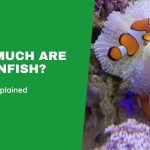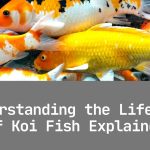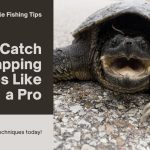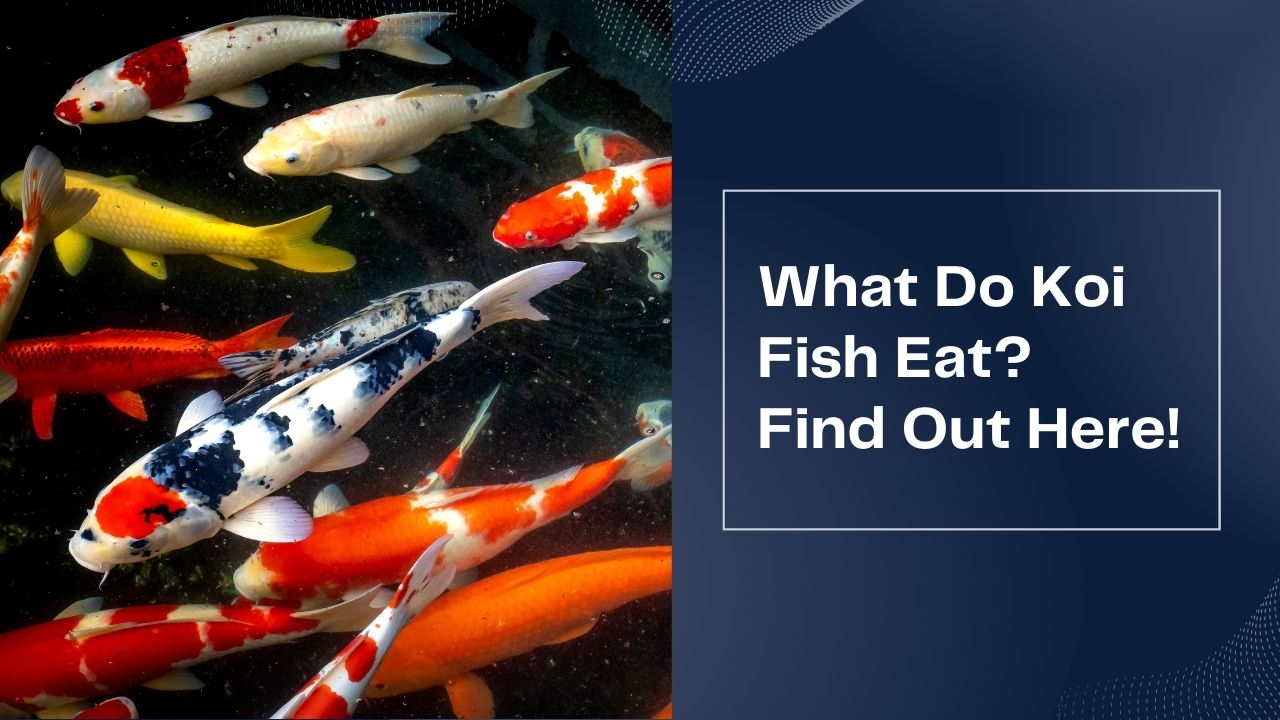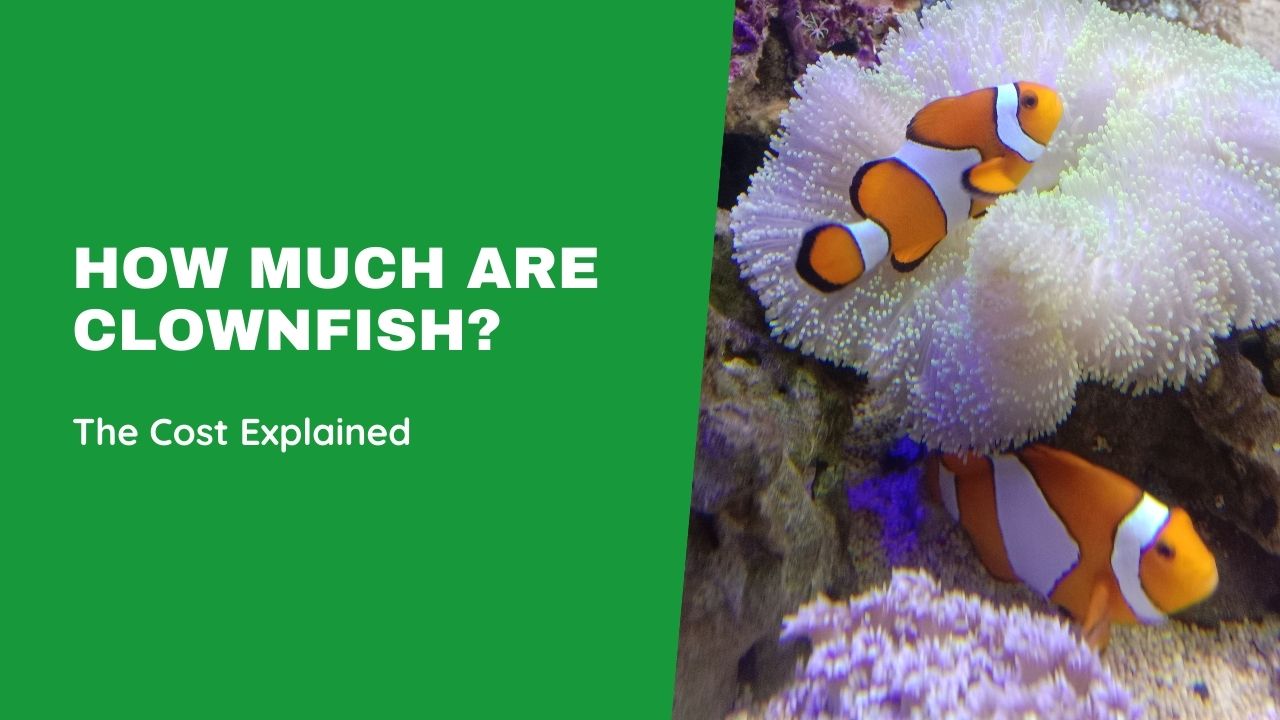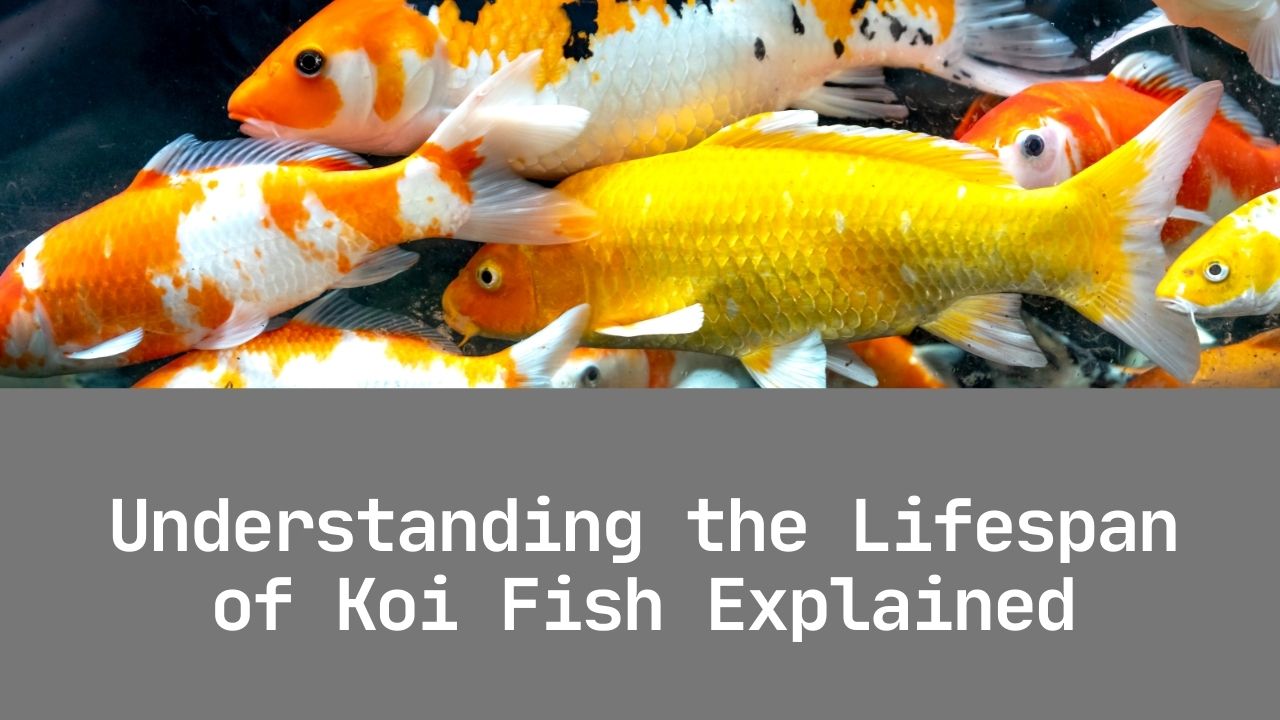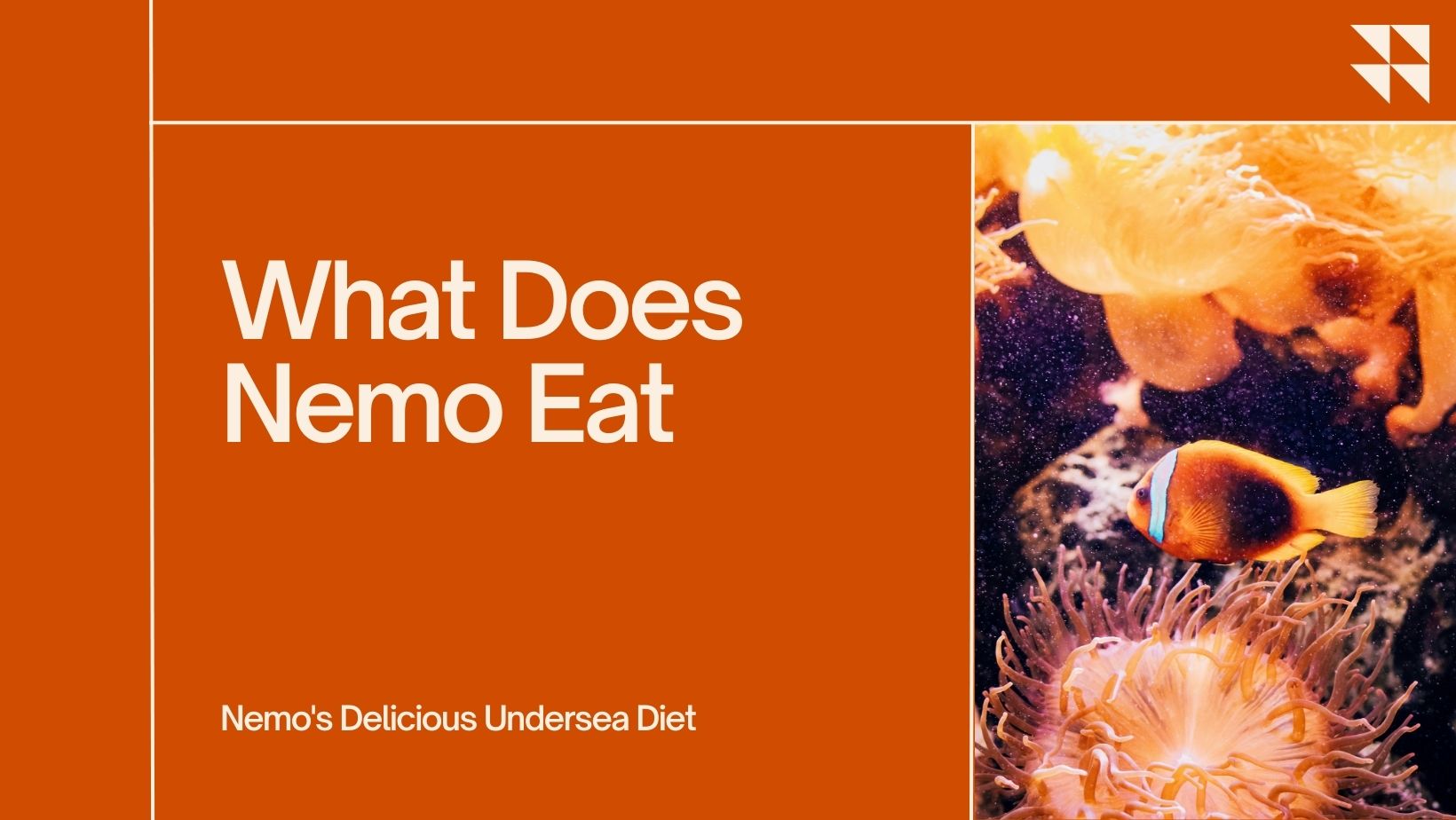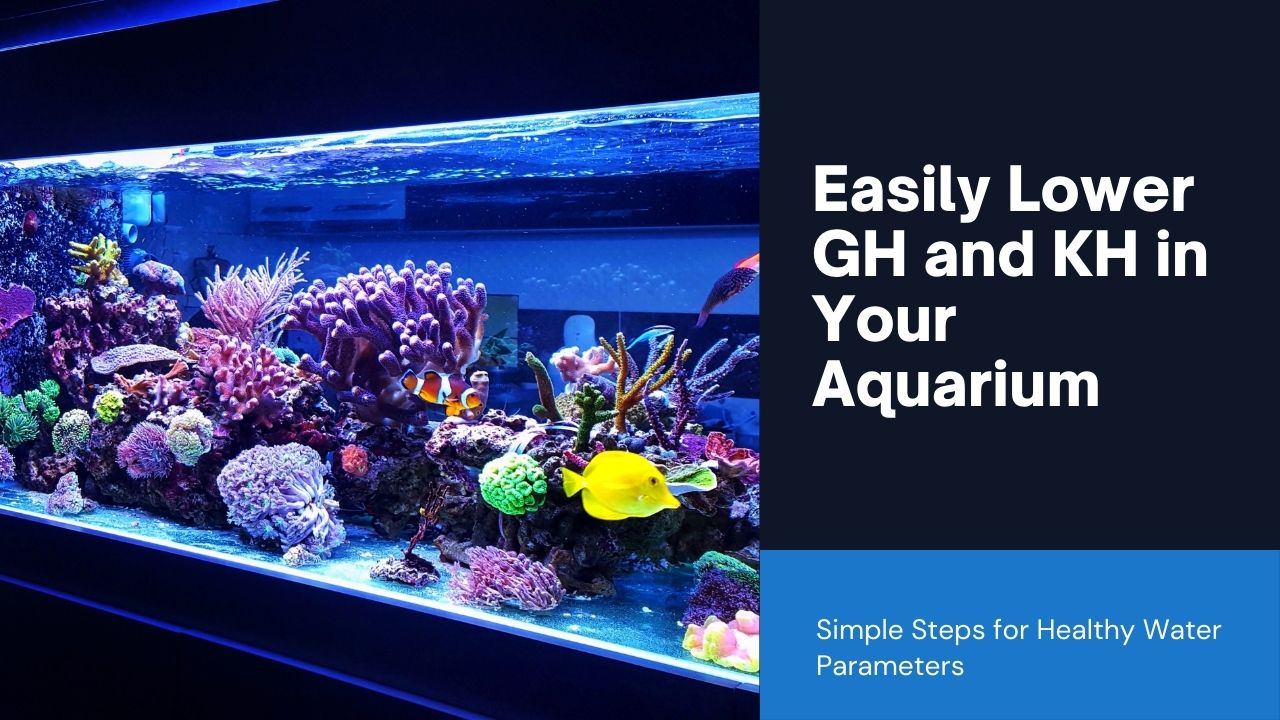Koi fish, known for their vibrant colors and graceful presence, require a balanced diet to thrive. Whether you’re a new koi owner or a seasoned hobbyist, understanding their nutritional needs is essential for their health and longevity. This guide provides a detailed overview of what koi fish eat, including their natural diet, commercial foods, safe supplements, and seasonal feeding tips.
Natural Diet of Koi Fish
In the wild, koi are omnivorous scavengers, consuming a mix of plant matter, protein sources, and supplements. Their natural diet includes:
- Plant Matter: Algae, aquatic plants, and decaying vegetation.
- Protein Sources: Insects, larvae, worms, and small crustaceans.
- Supplements: Seeds, zooplankton, and occasional fruits.
This diverse diet provides essential nutrients like protein (30–40%), fats (5–8%), and carbohydrates (30–40%), along with vitamins and minerals.
Commercial Koi Foods
High-quality commercial pellets are the foundation of a captive koi’s diet. They are formulated to meet the nutritional needs of koi and come in various types:
Types of Commercial Food
- Floating Pellets: Allow owners to monitor feeding and reduce waste.
- Sinking Pellets: Mimic natural foraging behavior at the pond’s bottom.
- Color-Enhancing Formulas: Contain spirulina or astaxanthin to boost red and orange hues.
Top Brands
| Brand | Key Features |
|---|---|
| Hikari | High protein (40%), color-enhancing |
| Tetra | Balanced nutrition, budget-friendly |
| Omega One | Whole fish ingredients, premium |
Avoid low-quality feeds with fillers like corn or wheat, which lack nutritional value.
Safe Homemade and Supplemental Foods
Supplementing commercial pellets with natural treats can enhance your koi’s diet. Safe options include:
- Vegetables: Blanched peas, lettuce, zucchini (chopped into small pieces).
- Fruits: Watermelon (seedless), berries, and oranges (in moderation).
- Protein Treats: Cooked shrimp, bloodworms, or daphnia (2–3 times weekly).
Homemade Mix Recipe: Blend fish meal, wheat germ, and spinach for a nutrient-rich paste.
Foods to Avoid
Koi cannot digest many human foods, and some can be harmful. Avoid feeding them:
- Bread/Crackers: Cause bloating and water pollution.
- Meat/Dairy: Introduce harmful bacteria and fats.
- Citrus Fruits: Disrupt pond pH levels.
- Raw Potatoes: Contain toxic solanine.
Seasonal Feeding Adjustments
Koi metabolism changes with water temperature, so their feeding schedule should adapt accordingly:
| Temperature Range | Feeding Frequency | Recommended Food |
|---|---|---|
| Below 50°F (10°C) | Stop feeding | None |
| 50–60°F (10–15°C) | 1–2x/week | Wheat germ-based pellets |
| 60–75°F (15–24°C) | 2–4x/day | High-protein growth food |
| Above 75°F (24°C) | Reduce portions | Easily digestible carbs |
Winter Tip: Stop feeding entirely below 41°F to prevent undigested food from rotting.
Feeding Techniques and Schedules
Proper feeding techniques ensure your koi stay healthy and your pond remains clean:
- Portion Control: Feed only what koi can consume in 2–5 minutes to prevent overfeeding.
- Frequency: 1–4x/day in summer, tapering to 1x/week in fall.
- Methods:
- Hand Feeding: Builds trust and allows portion monitoring.
- Automatic Feeders: Ideal for consistent schedules.
- Feeding Rings: Prevent food dispersal and waste.
Special Diets for Growth and Color Enhancement
To promote growth and enhance colors, consider specialized diets:
- High-Protein Diets (40%+ protein): Ideal for juvenile koi to support rapid growth.
- Color-Boosting Foods:
- Spirulina: Enhances red and yellow pigments.
- Krill/Shrimp: Rich in astaxanthin for vibrant hues.
Caution: Overuse of color enhancers can strain kidneys—limit to 10–20% of the diet.
Troubleshooting Common Feeding Issues
If your koi show signs of feeding problems, consider these solutions:
- Loss of Appetite: Check water quality (ammonia, nitrites) or temperature extremes.
- Bloating: Reduce portion sizes and avoid starchy foods like bread.
- Uneaten Food: Scoop out remnants within 20 minutes to preserve water quality.
Conclusion
Understanding what koi fish eat is the foundation of their care. By combining high-quality pellets, seasonal adjustments, and safe supplemental treats, you can ensure your koi remain healthy, vibrant, and active year-round. Always prioritize portion control, monitor water conditions, and adjust diets based on temperature and behavior.
References:


